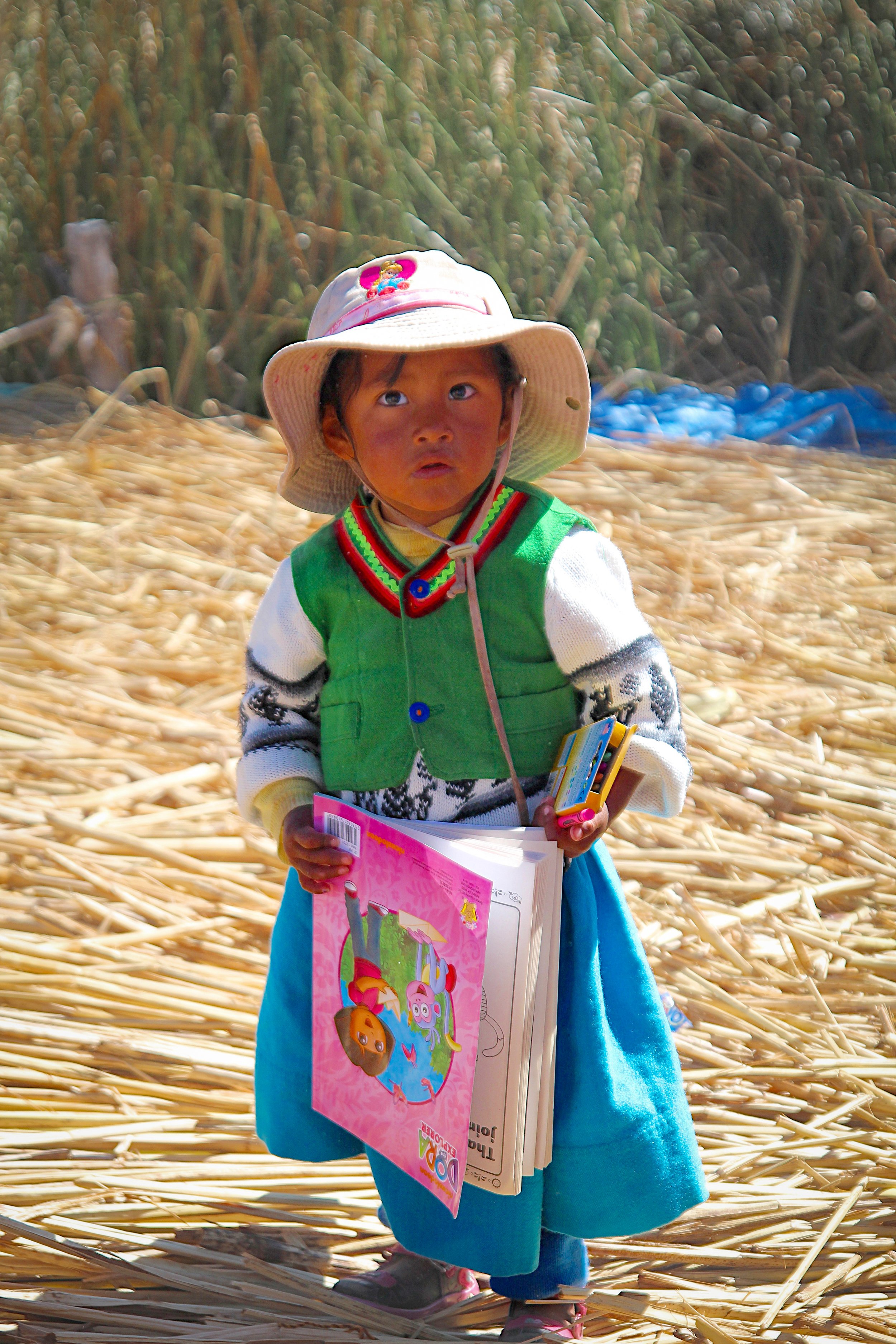DAY EIGHT
Tuesday, June 9, 2015
the highest (REAL) lake in the world
I have to be honest that when I saw on the itinerary that we’d be spending a day at Lake Titicaca, I can’t say I was enthused. It’s a lake. Probably a pretty one, some cool scenery, but… eh. A lake.
I couldn’t have been more wrong, as it turned out to be my favorite day of the trip.
Also, elephant in the room, yes it’s hard to say without giggling like a 6-year-old. It sounds like it can be translated in a variety of ways, but the most commonly accepted is “gray puma” from the Aymara (a native Bolivian culture) language.
But the locals are of course not unaware of the modern-day association, and our guide Francisco said that they have a joke in Peru that Peru has the “titi” side of the lake, and Bolivia has the “caca” side, as the lake runs across both countries. And in Bolivia they have the same joke in reverse.
It is often referred to as the highest altitude lake in the world, and it turns out that that’s sort-of true. There are technically higher bodies of water, but they’re small ones that aren’t really considered lakes, and Titicaca is the highest “real lake” that can accommodate commercial boats.
Anyway, our day started with a boat ride to the “Floating Islands” of the Uru people. Which were absolutely fascinating. The islands they live on – as well as their boats – are made out of dried totora reeds, and about 1,200 people live on an archipelago of 60 of these artificial islands on the Western side of the lake.
Once we got to one of the islands, we met the locals and they gave us an entertaining and educational talk about how the islands and boats are made, as well as details about their lifestyle. It’s obviously a show put on specifically for tourists, but I’ve really never seen anything like it and had no idea this floating world even existed until this trip.
On the islands, the locals make crafts to help provide income – the main ones they sell are beautiful textiles embroidered with wool into scenes that depict life on the islands, as well as small colorful replicas of their reed boats.
We then divided into smaller group and had the chance to visit one of the locals’ homes, and some of the people in our group tried on their traditional clothing.
Finally, we were offered the chance to go for a ride in one of their reed boats, which I couldn’t pass up! Mom and Dad chose to stay on the modern boat that would take us across the lake to our next stop.
Overall, I’m so glad that this was part of the itinerary, as it’s one of the more unusual and fascinating things I’ve ever come across!
Back on our powerboat, the next stop was at a small island towards the middle of the lake called Isle Taquile. Just arriving at the island itself was so picturesque!
Landing on the island, we were greeted individually by four people doing a traditional Taquileño dance, which was lovely, and I immediately fell in love with the woman’s colorful hat. 😍
Once we climbed up to the main part of the island, we explored a bit and took some photos, then gathered to eat lunch as a group.
The Taquileños are known for their fine handwoven textiles and clothing, which are considered as among the highest-quality handicrafts in Peru. Knitting is exclusively performed by men, beginning in their childhood, while women spin wool and use vegetables and minerals to dye the wool to be used by the community.
Following lunch, the locals taught us about their textile process and passed around some sample woven fabrics and dyes.
After some handicraft shopping and more photo ops, we got back on the boat to head back to the mainland.
I think at this point most people were pretty exhausted and hilariously collectively fell asleep on the ride.
Back at the hotel, we gathered that night as a group for a final celebratory dinner together, toasting to a wonderful trip across Peru!






































